A dreaded sunny day
So I meet you at the cemetery gates….
….we go inside and we gravely read the stones
All those people all those lives
Where are they now?
With the loves and hates
And passions just like mine
They were born
And then they lived and then they died
Seems so unfair
And I want to cry
Cemetary Gates by The Smiths
I do enjoy a good graveyard. I find them peaceful. It may be because I used to look after a graveyard as a Saturday job in my teens. I’d cut the grass and trim the edges of the paths and clean up the bloody sacrificial mess left behind by the local devil-worshippers (I only did that once to be fair). It may be a result of listening to The Smiths too much (although I don’t think that is actually possible). Whatever, as the kids used to say, I like a good graveyard. And this is a very good graveyard.
At the end of Church Row, which may be the prettiest street in Hampstead, if not all London, there is a graveyard attached to the church after which the street is named. In fact, St John at Hampstead has two graveyards separated by a road. In 1812 the original yard was nearing full occupancy and the Bishop of London consecrated an additional plot to welcome the good and the great of Hampstead as they shuffled off this mortal coil.
This second plot is now crammed with headstones and memorial plaques and very few square inches remain. People won’t stop dying, will they?
This being Hampstead, many of the people commemorated were very well off and others very well known. Some were both. I looked for satirist Peter Cook’s grave but could not find it but I did locate the grave of painter John Constable (he of The Hay Wain fame) in the corner of the original plot.
I took photos of a number of graves that caught my eye because of the inscription on the stone or the fame of the person laying beneath the sod or simply because the grave and stone were crumbling beautifully. I took this next photo of three headstones together because they looked like a little family of graves and they worked as a collection from an aesthetic point of view to my mind. It was only when I googled the names that I realised what a wonderful collection of stories the inhabitants had and what lives they had lived. (And that rewards my main reason to visit graves; to imagine what I can of the lives of the people lying there)
The middle grave contains Arthur Llewelyn Davies who was born in 1863 and passed over at the start of the next century at the end of a painful fight against cancer having just turned forty-four. He taught at Eton and later became a barrister (that is he was a lawyer not coffee shop employee, for the modern reader). He married George Du Maurier’s daughter, Sylvia. George created the character Svengali, the protoype evil and controlling music manager, and also the controlled singer, Trilby, after whom the hat was named. Where Arthur makes his greatest mark on British culture, though, is as the father of the boys who would become the inspiration for J.M.Barrie’s the Lost Boys in Peter Pan. Barrie would spend a lot of time with Sylvia and their five sons, who all adored the writer. Arthur, apparently, wasn’t that fond of him but was happy for Barrie to spend a lot of time in the bosom of the Llewelyn Davies family including taking scores of photos of the boys which maybe would not be the case should the relationship have developed in the same way these days.
The grave on the right belongs to A.A.W. Wohlbrueck who was better known as the early movie star Anton Walbrook. Born in Austria and descended from ten generations of actors (although his father broke with tradition and became a circus clown, what a disappointment he must have been to his parents), Wohlbrueck was half-Jewish and fully-gay and somehow found himself leaving Nazi Austria for the more welcoming climes of Hollywood in the 1930’s. Sensible chap. He made films for twenty years, the best known of which is now probably The Life and Times of Colonel Blimp, and then switched to TV work until his death in 1967 from a heart attack, whilst in Germany. His ashes were brought back and interred here in line with instructions in his will.
The third grave in the picture belongs to Elsa Collins, the mother of writer Jackie, actress Joan and less famous younger brother Bill. Elsa was born in 1906 and passed away on 8th May 1962 also from cancer although her children were told that their mother had flu and were encouraged to carry on with their careers. Elsa was born a Bessant (and one of eleven siblings) before marrying Joseph Williams, a theatrical agent, who represented The Beatles and Tom Jones later in the Sixties.
I can see why they all chose to have this graveyard as their final resting place. Its very calm and peaceful in a lovely spot in the world’s finest city.
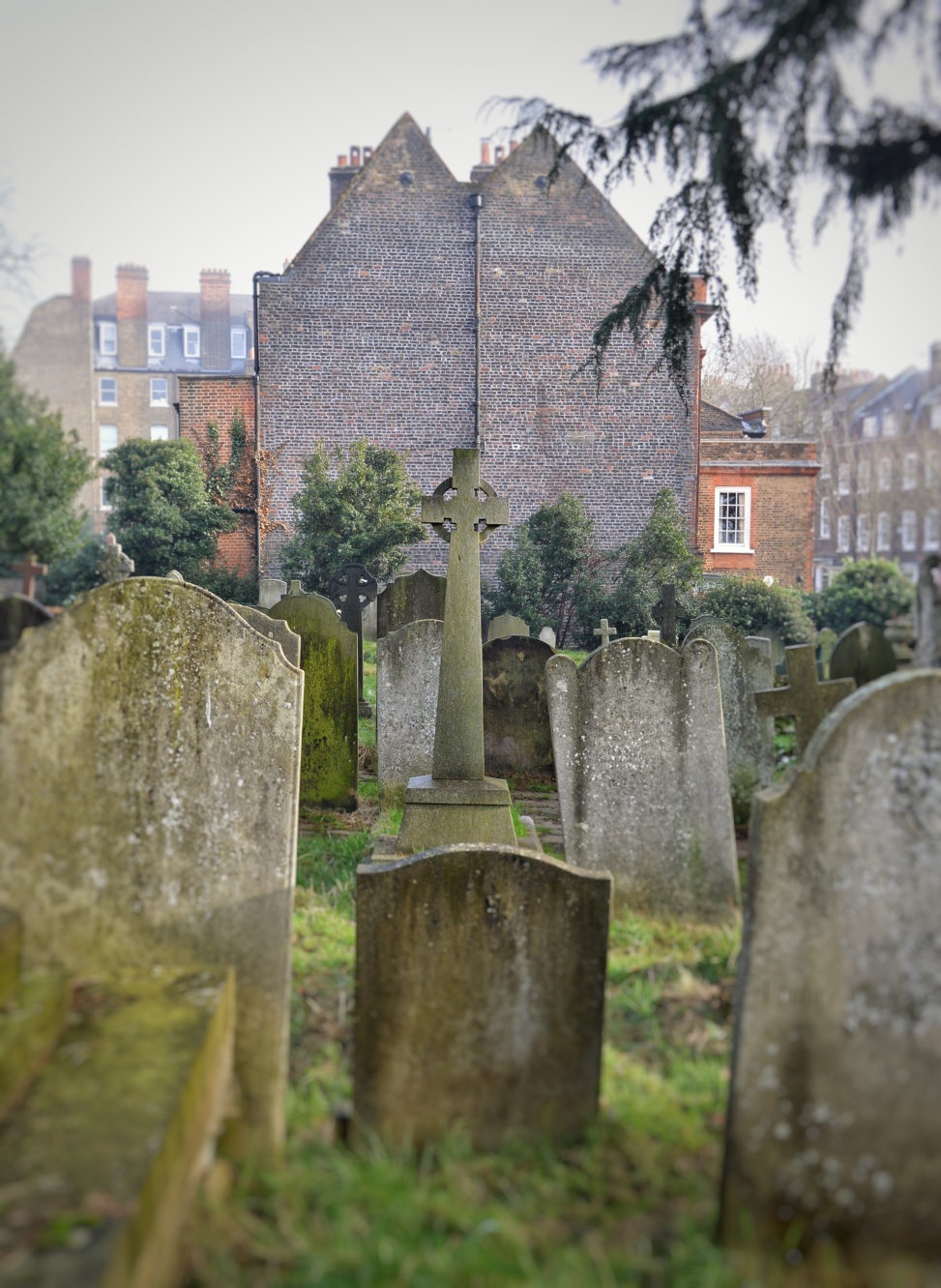
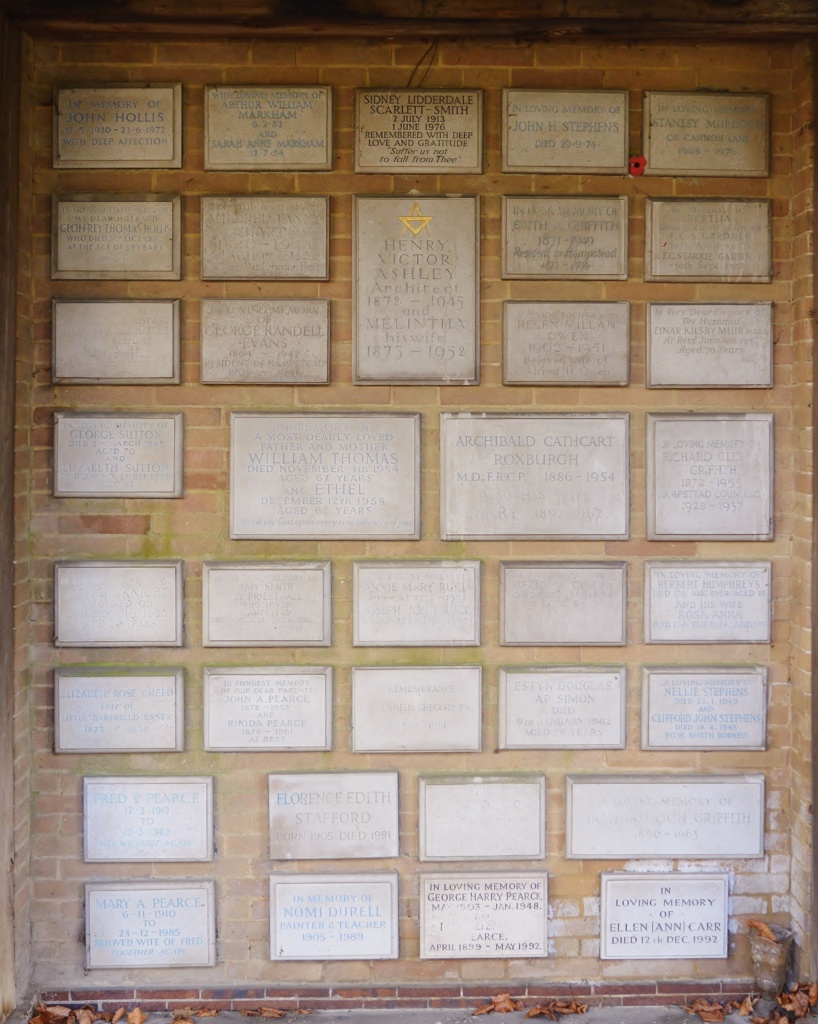
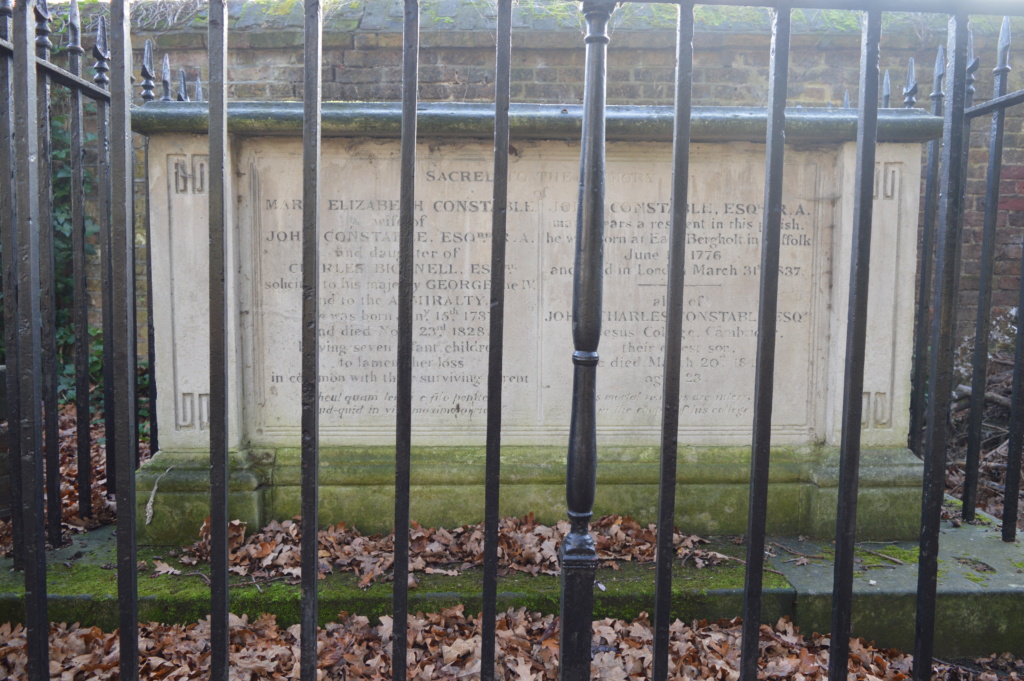
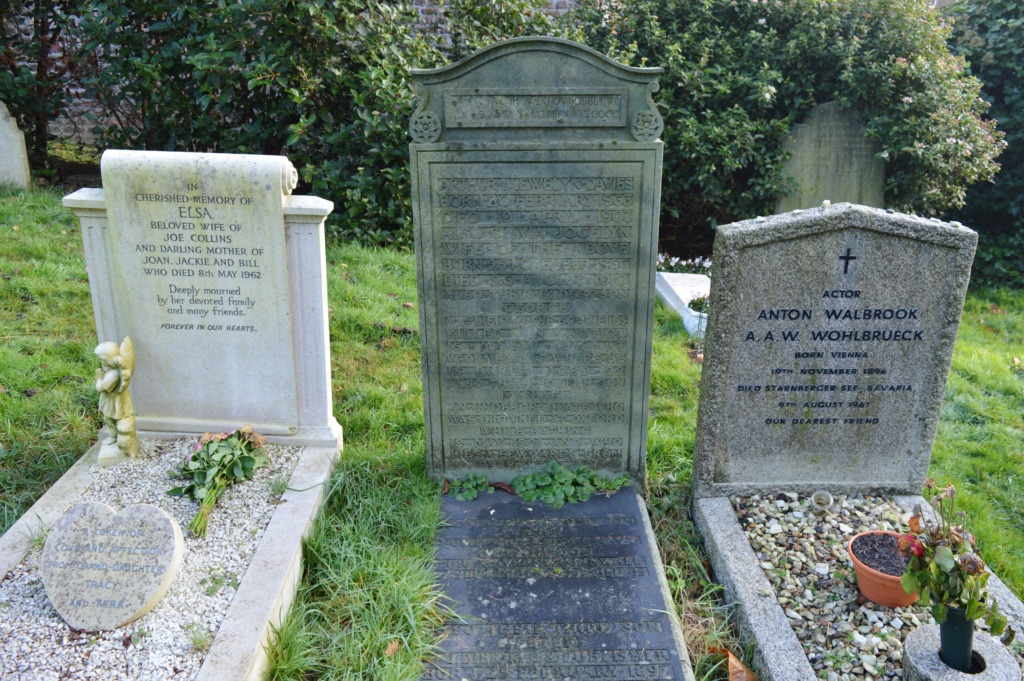
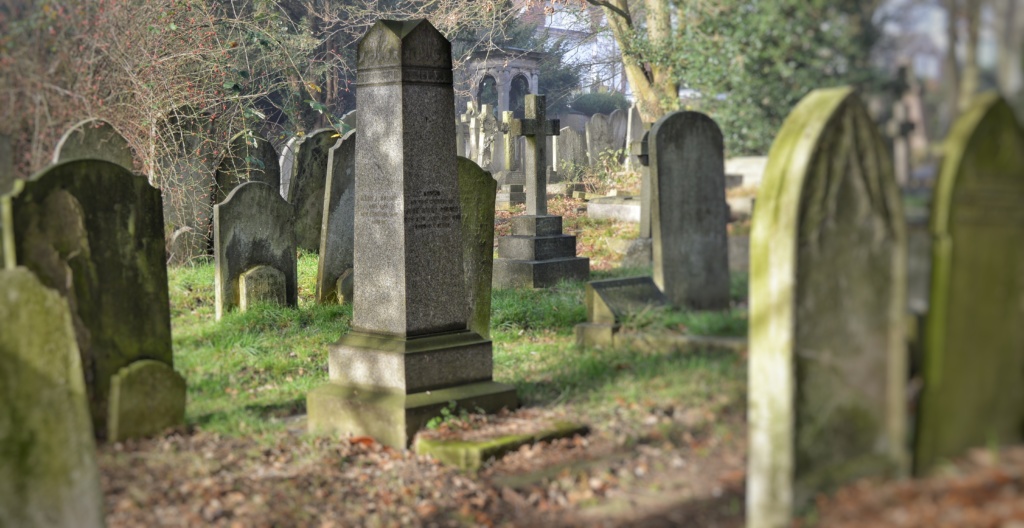
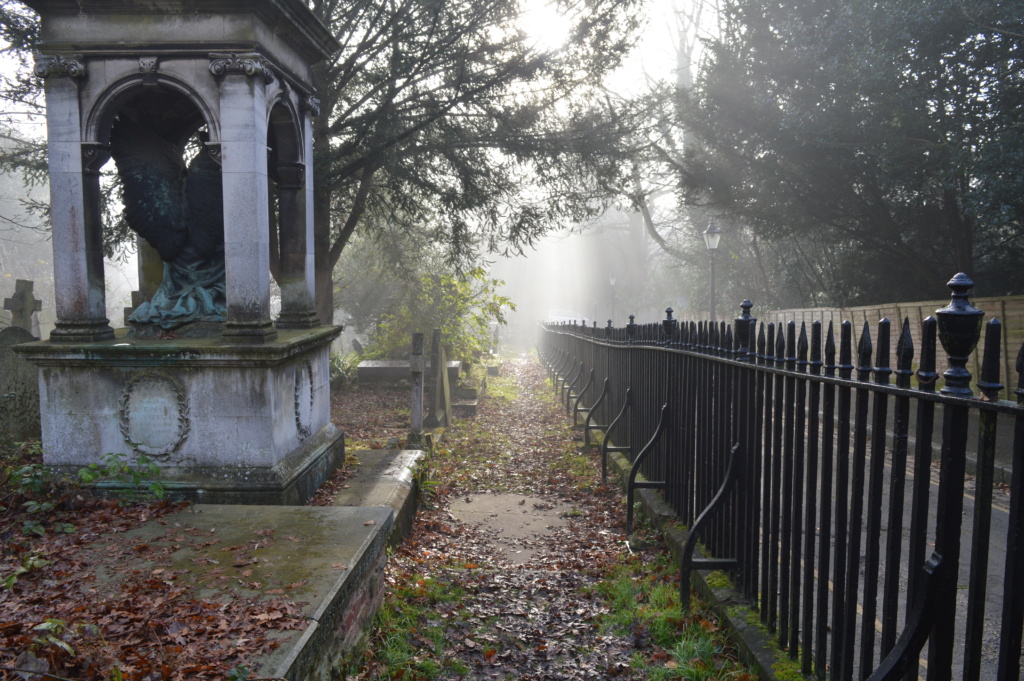

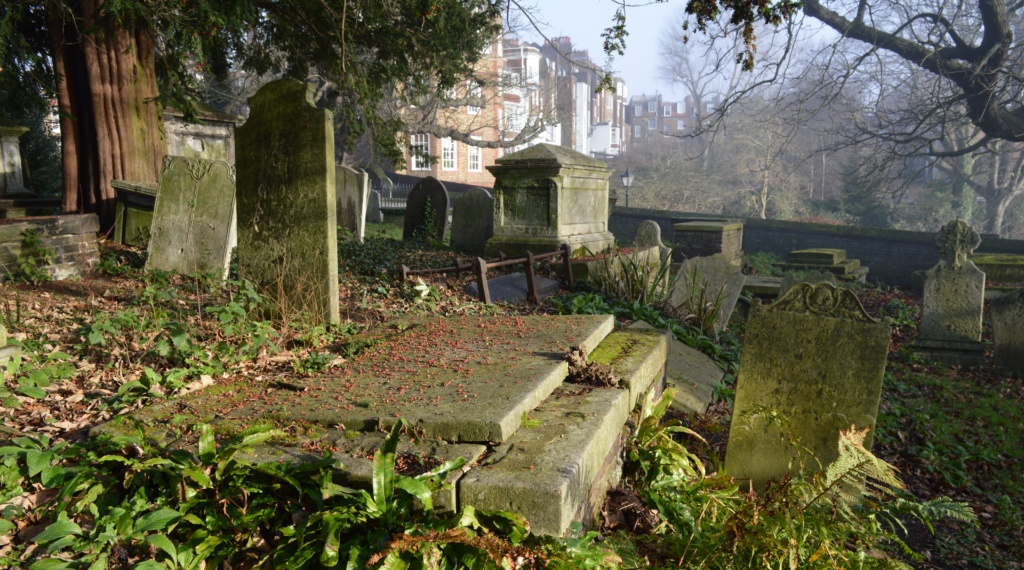
Martin Anthony
Great article. I visit this cemetery once a month & leave flowers for Elsa Collins.
Elsa’s husband (Joseph) is buried up the road @ Hoop Lane Cemetery
admin
Thanks Martin. It’s a lovely place to be buried. I’ve not been to Hoop Lane Cemetery – one for my list. Regards Dave
Fiona Ramsay
Thanks Mr H. Terrific article. Very atmospheric pictures. Fiona
admin
Thanks Fiona. I do love a good graveyard!